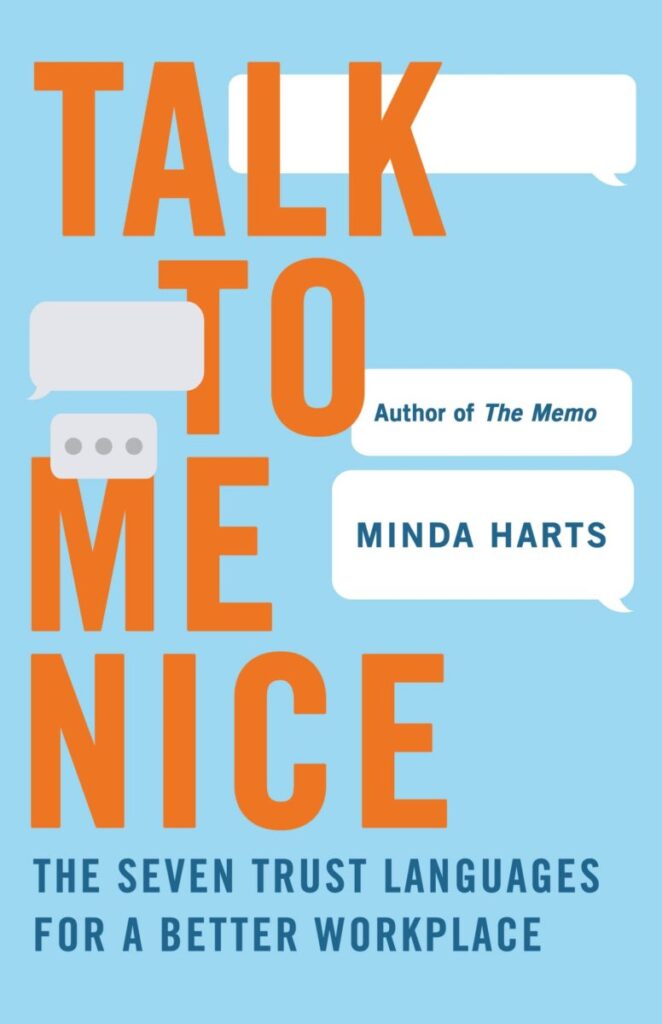By Terri Schlichenmeyer
Raise? What raise?
Your employees have been hinting for a few weeks now that they’d like a little more in their paycheck and you can surely understand their wishes. You also wish they’d understand that now’s not the time for it. And so, you avoid all conversations about money and hope there’s no turnover because you can’t afford that, either but read “Talk to Me Nice” by Minda Harts, and you’ll know what to say and how to say it.
Five years ago, Minda Harts had what was, to her, a dream job. She was basically autonomous, the only East Coast employee of a West Coast firm, taking care of her job and any clients who might visit the Big Apple. Harts knew she was trusted; her employers wholeheartedly indicated it, but they didn’t tell her much else and when she asked to take her career to the next level with better wages or a promotion, they gave her a big fat sort-of-maybe.

And she turned in her resignation.
So if you can’t pony up more moola or a corner office, what can you offer?
Trust, says Harts. Pure and simple, employees want trust. And the way to gain their trust is to use “the seven workplace trust languages.”
Especially if you’ve got Black or LGBTQ employees, they want your sensitivity to the unique issues they face at work. In good times and bad, speaking to them with as much transparency as possible goes a long way. Security helps your employees feel safe on the job, both physically and mentally. Act, don’t just talk, to demonstrate your words.
Be willing to give positive and kindly negative feedback on a regular basis. Offer acknowledgment for a job well-done, a work-iversary, or for a hard task completed. Finally, follow through to make sure your employees can feel confident that you’re on this.
And then, says Harts, “watch trust grow!”
This should feel pretty commonsensical, shouldn’t it? Yes, but author Minda Harts suggests in a huge way that it’s not, and that businesses from the top down need to relearn how to put trust back into the workplace. In “Talk to Me Nice,” she explains how.
Never mind the kerfuffle about DEI, the fact is that today’s workplaces can still be quite diverse and that plays big in this book as Harts shows why trust is key for happy employees and for healthy retention, and how it matters in every kind of workplace.
Though her stories are a bit scattershot, they’re all-encompassing and she uses real-life examples to show trust-making in action and what happens if it’s lacking. That can be helpful and cautionary, both, and the relevance built into those tales is something readers will greatly appreciate.
This is an excellent book for C-Suiters, managers, and supervisors all, but it’s also a good book for an up-and-coming company star. Read “Talk to Me Nice” and get ready to raise the roof.




